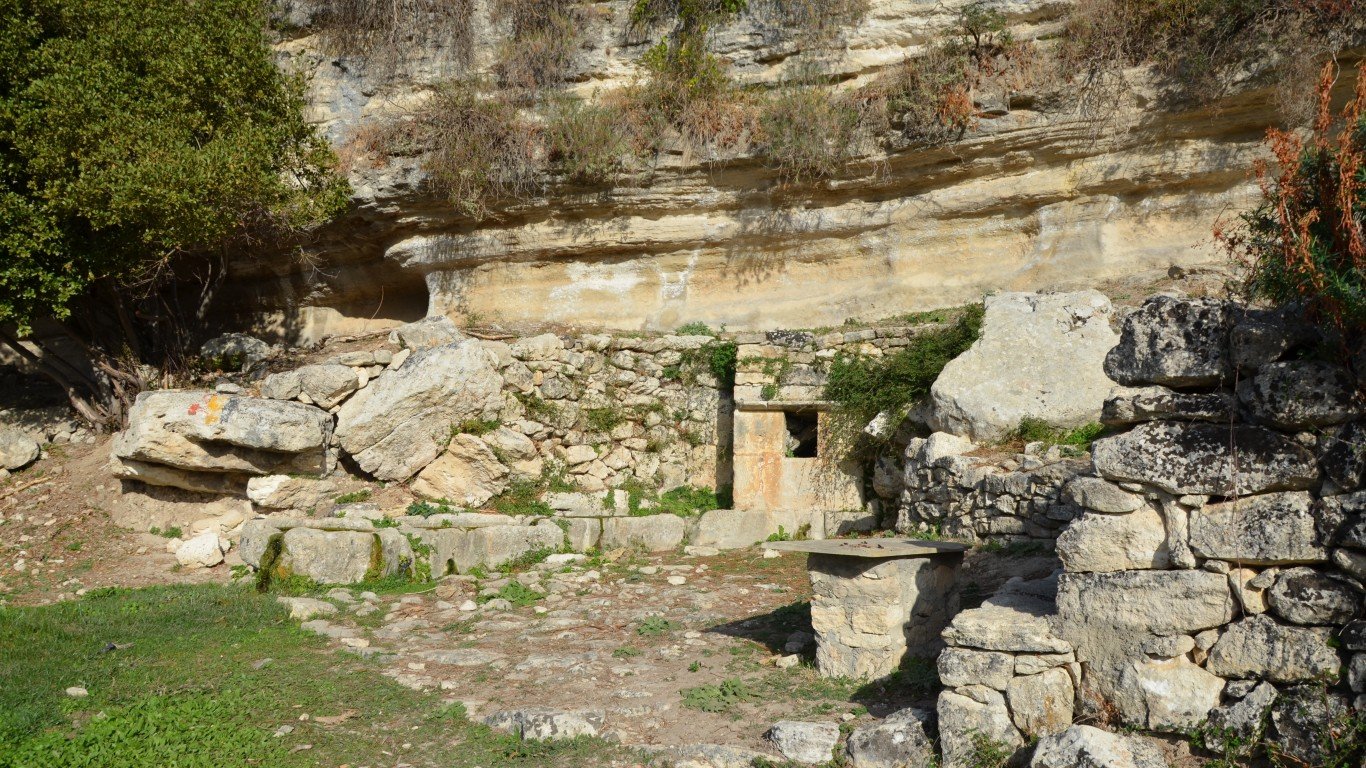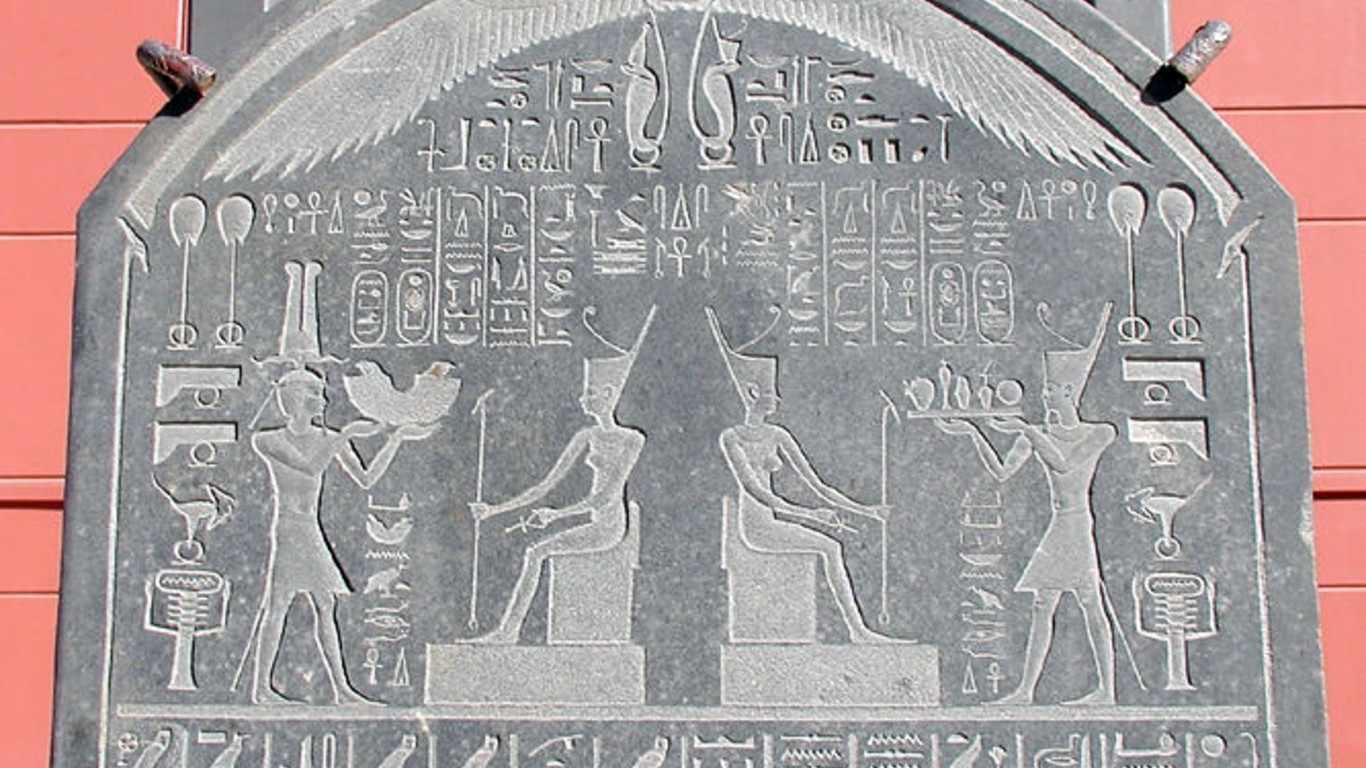
16. Thonis, Egypt
> Time period: 2nd century B.C.
A bustling trade center, the port town of Thonis was built on sandy clay soil. When a series of earthquakes began to strike the area in the second century B.C., a process known as soil liquefaction turned the ground under the city to liquid, and Thonis, with its massive stone buildings, began to sink into the sea. It was a gradual process, but by the eighth century, the city was completely underwater.
17. Neapolis, Tunisia
> Time period: 365
On the site of the modern-day city of Nabeul, an ancient Roman city called Neapolis once stood until it was demolished by an earthquake-triggered tsunami. Left undiscovered for 1,700 years, the ruins of Neapolis were found in 2017. Among the ruins were a hundred tanks used to produce the fermented fish sauce called garum that was popular in Roman times, suggesting that the city was a major producer of the condiment.
18. Eleutherna, Crete
> Time period: 365
Eleutherna was a prosperous city on the Greek island of Crete until it was destroyed by the same earthquake that sank Neapolis. Excavations of the site have uncovered a Christian basilica, a burial ground dating back to 850 B.C., a Hellenistic bridge, and a well-intact lavish villa containing ivory chests, jewelry, a banquet hall, and the probable remains of the wealthy couple who lived there, huddled around their young son.
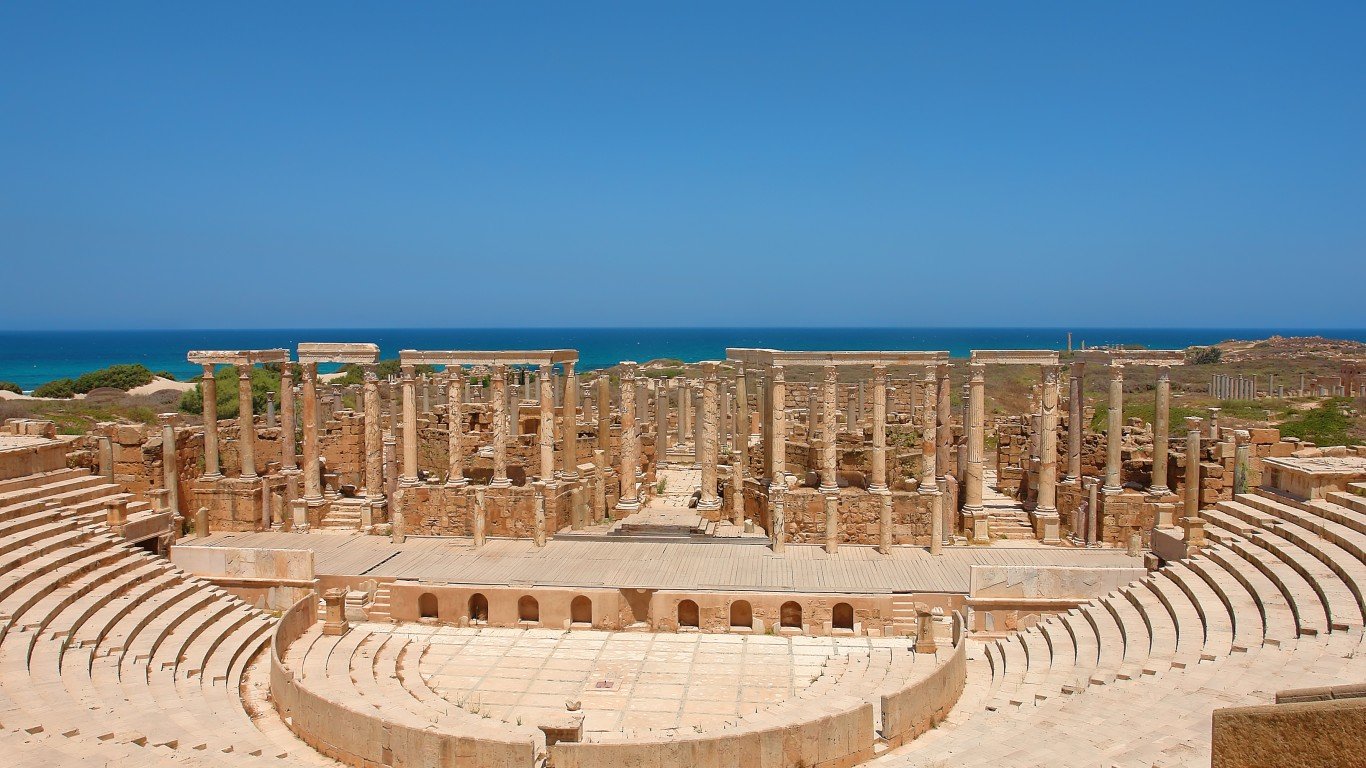
19. Leptis Magna, Libya
> Time period: 647
Once a thriving Roman city in modern-day Libya, Leptis Magna fell to the Vandals in 439, was raided by the Berbers in 528, and finally taken by the Arabs in 647. Although multiple invasions were the cause of the city’s decline and subsequent abandonment, the fate of Leptis Magna was left to the desert sands, which completely buried the remains of the city. Having been excavated, the ruins are now one of the best preserved Roman sites in the Mediterranean.
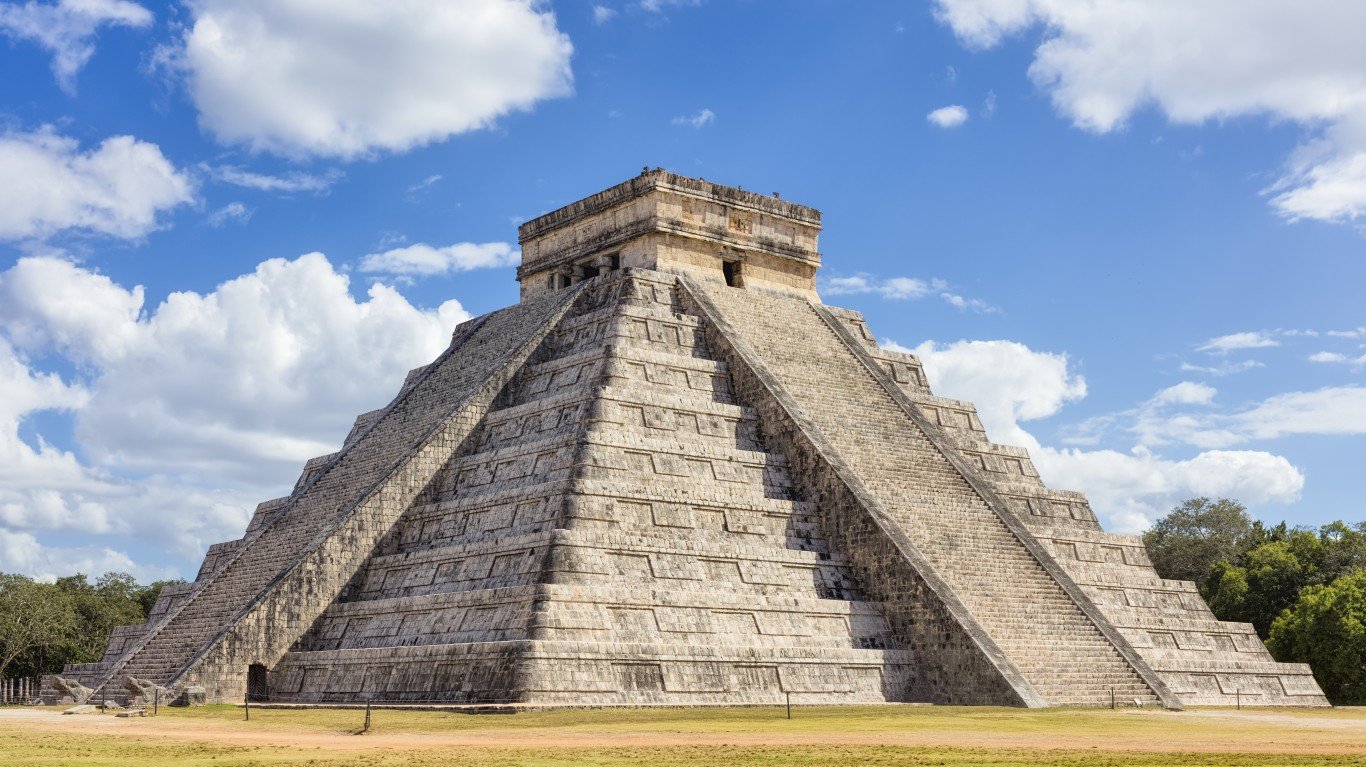
20. Mayan Civilization
> Time period: Began 800
Spanning what is now Central America and Mexico, the Mayan empire was once an advanced civilization, boasting technological feats, including a calendar system, mathematics, advanced agricultural practices, and urban planning. Although the cause of the Mayan decline is debated, many scientists attribute it to a drought that spanned two centuries, coinciding with the abandonment of many Mayan cities.

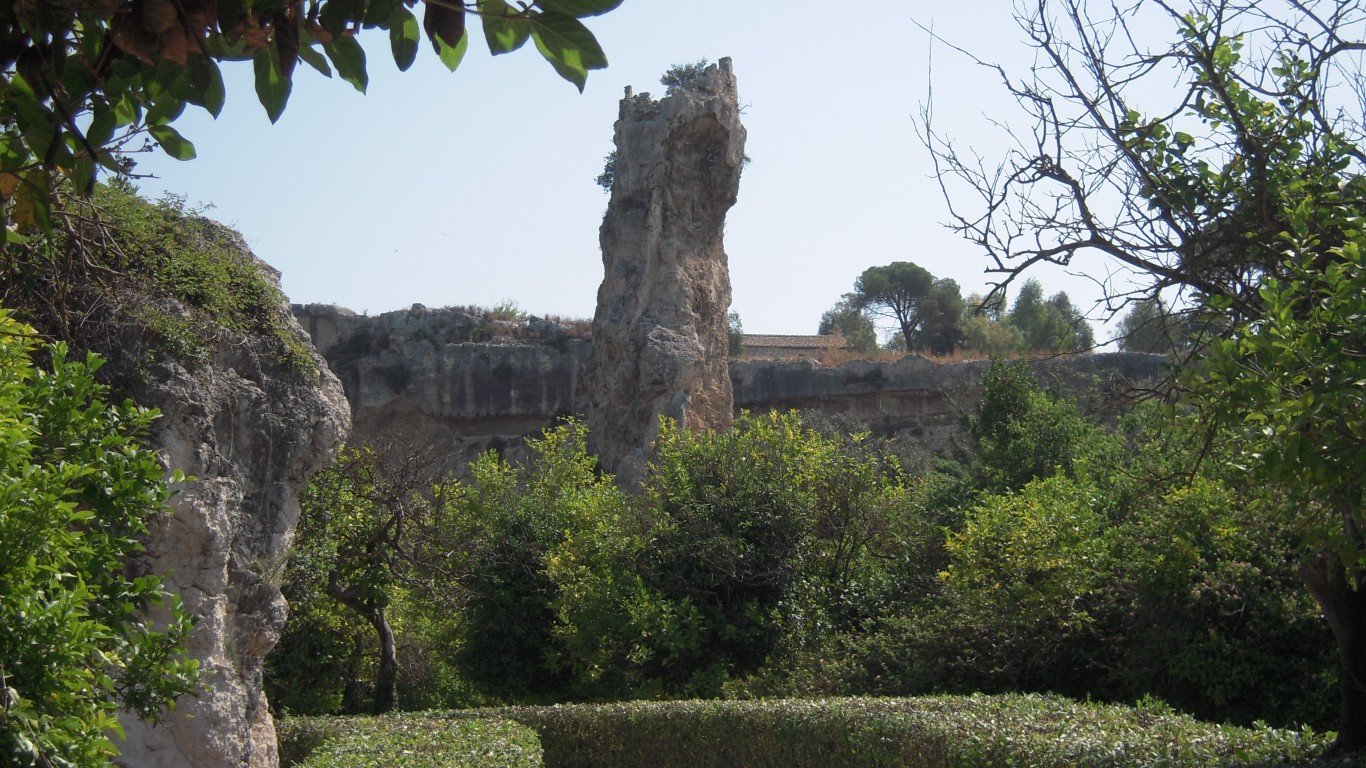
 24/7 Tempo
24/7 Tempo